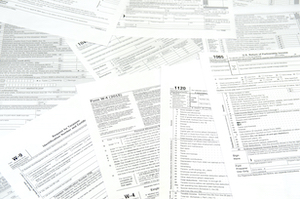The IRS has prepared the draft instructions for the Form 5329 for reporting additional taxes on qualified plans, including Roth and traditional IRAs and other tax-favored accounts from 2023.
Employers, plan administrators and retirement plan professionals may find it worthwhile to remind plan participants and recipients of benefits and distributions that they may be required to file the form, and to inform them that the draft instructions have been released—giving them some advance time to prepare.
Form 5329 is to be filed by those who:
- Received a distribution from a Roth IRA and (1) either the amount on line 25c of Form 8606, Nondeductible IRAs, is more than zero, or (2) the distribution includes a recapture amount subject to the 10% additional tax, or (3) it’s a qualified first-time homebuyer distribution.
- Received a distribution subject to the tax on early distributions from a qualified retirement plan other than a Roth IRA.
- Received a distribution subject to the tax on early distributions from a qualified retirement plan other than a Roth IRA, and met an exception to the tax on early distributions from the list, but (1) box 7 of the Form 1099-R doesn’t indicate an exception or (2) the exception doesn’t apply to the entire distribution.
- Did not receive the minimum required distribution from a qualified retirement plan.
- Made contributions in 2023 to traditional IRAs, Roth IRAs, Coverdell ESAs, Archer MSAs, HSAs, or ABLE accounts that exceed the maximum contribution limit, or tax was due from an excess contribution on line 17, 25, 33, 41, or 49 of the 2022 Form 5329.
- Received taxable distributions from Coverdell ESAs, QTPs, or ABLE accounts.
The draft instructions include the following reminders:
Certain corrective distributions are not subject to 10% early distribution tax. Beginning on Dec. 29, 2022, the 10% additional tax on early distributions no longer applied to a corrective IRA distribution, which consists of an excessive contribution (a contribution greater than the IRA contribution limit) and any earnings allocable to the excessive contribution, as long as the corrective distribution is made on or before the due date (including extensions) of the income tax return.
Qualified disaster distributions. The additional tax on early distributions doesn't apply to qualified disaster distributions, nor does it apply to qualified disaster recovery distributions.
Maximum age for traditional IRA contributions. The age restriction for contributions to a traditional IRA has been eliminated.
- Log in to post comments
